“How AI can help with content creation”

AI has the potential to revolutionize content creation across various domains, from writing and design to audio and video production. By leveraging advanced machine learning algorithms and vast datasets, AI can assist humans in generating high-quality content more efficiently and creatively. In this article, we will explore how AI can help with content creation and the potential benefits and challenges associated with its adoption.
In recent years, Artificial Intelligence (AI) has emerged as a powerful tool in content creation, transforming the way content is generated, curated, and distributed. From writing articles to designing graphics, AI technologies have streamlined processes, increased efficiency, and expanded creative possibilities.
The advent of AI has brought about a paradigm shift in content creation, enabling creators to produce high-quality, engaging content at scale and speed. these tools leverage advanced algorithms, such as natural language processing (NLP) and machine learning (ML), to automate mundane tasks, enhance creativity, and optimize content for maximum impact.
1. Writing and Editing
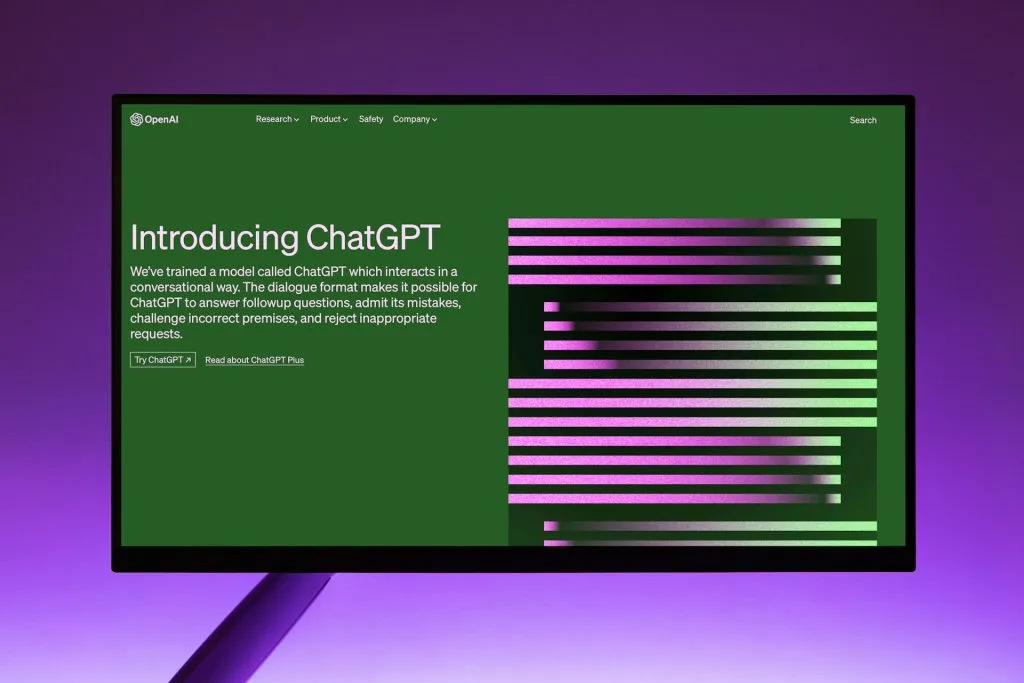
a. Content Generation
AI-powered writing assistants can generate articles, stories, scripts, and other written content based on prompts or outlines provided by humans. These assistants can analyze vast amounts of data, identify patterns, and generate coherent and contextually relevant text.
For example, AI systems like GPT-3 can create news articles, blog posts, or even short stories by understanding the topic, tone, and style requirements.
b. Content Enhancement
AI can also be used to enhance and refine existing content. AI-powered writing tools can suggest improvements to grammar, style, and tone, as well as provide suggestions for rephrasing or restructuring sentences or paragraphs for better flow and readability. Additionally, this can assist in tasks such as summarization, translation, and content personalization based on user preferences or demographics.
c. Workflow Optimization
AI can streamline the content creation workflow by automating repetitive tasks, such as research, fact-checking, and proofreading. these research assistants can quickly gather relevant information from various sources, saving writers time and effort. Similarly, these tools can verify claims and ensure the accuracy of the content.
2. Design and Visual Content AI
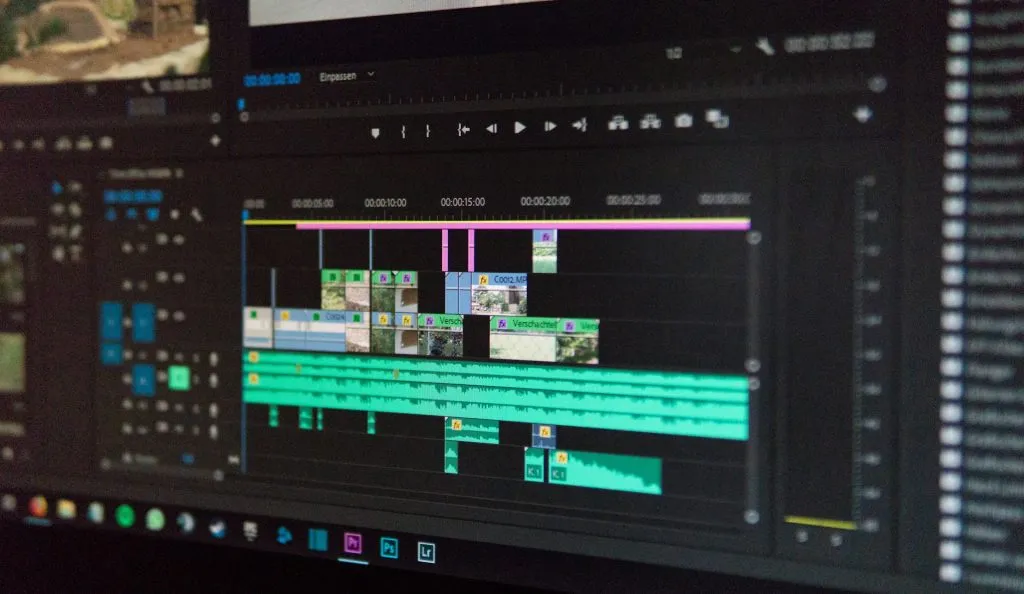
a. Graphic Design
AI-powered design tools can assist in creating logos, infographics, social media graphics, and other visual assets. These tools can generate design concepts based on user inputs, such as color schemes, styles, and themes. it can also analyze existing designs and provide suggestions for improvements or variations, allowing designers to explore new creative directions.
b. Image Generation
AI models like Stable Diffusion and DALL-E have demonstrated the ability to generate highly realistic and creative images from textual descriptions or prompts. These images can be used in various contexts, such as illustrations, concept art, or even stock photography, expanding the possibilities for visual content creation.
c. Video Editing and Production
AI can also assist in video editing and production tasks. AI-powered video editing tools can automate tasks like color grading, object removal, and video stabilization, saving time and effort for video creators. Additionally, it can be used to generate video content, such as animated explainer videos or personalized video messages, by analyzing scripts and creating corresponding visuals.
3. Audio and music
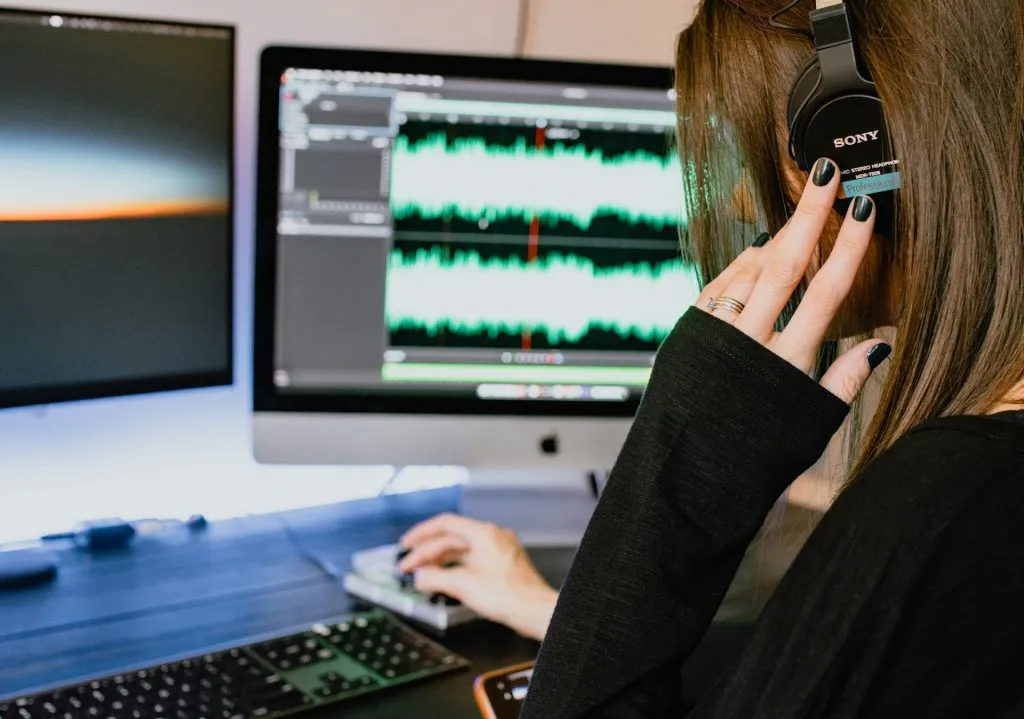
a. Music Generation
AI models like MuseNet and Jukebox can generate original music compositions by learning from existing musical datasets. These compositions can serve as inspiration for musicians or as a starting point for further refinement and creative exploration.
b. Audio Editing and Enhancement
Artificial intelligence can assist in tasks such as noise reduction, audio restoration, and audio enhancement. these powered tools can analyze audio files, identify and remove unwanted sounds, and improve the overall quality of the audio, making it easier for content creators to work with high-quality audio material.
c. Voice Synthesis
These powered voice synthesis technologies can generate human-like voices for various applications, such as audiobook narration, podcasts, or even virtual assistants. These generated voices can be customized in terms of accent, tone, and emotional expression, providing content creators with a wide range of options for their audio projects.
4. personalization and recommendation in AI
Personalization and recommendation systems are key aspects of Artificial intelligence that have revolutionized the way content and services are delivered to users. These systems leverage data and algorithms to tailor experiences to individual preferences, making them more relevant and engaging.
5. considerations and challenges associated with AI
a. Intellectual Property and Copyright
The use of Artificial intelligence-generated content raises questions about intellectual property rights and copyright ownership. Determining the authorship and ownership of content can be complex, and legal frameworks may need to be updated to address these issues.
b. Bias and Fairness
Artificial intelligence models can inherit biases present in the training data or the algorithms themselves, leading to the generation of biased or discriminatory content. It is crucial to ensure that systems are trained on diverse and representative datasets and that appropriate measures are taken to mitigate potential biases.
c. Transparency and Explainability
Artificial intelligence systems, particularly deep learning models, can be opaque and difficult to interpret, making it challenging to understand the reasoning behind their outputs. Ensuring transparency and explainability in this powered content creation is essential for building trust and accountability.
d. Human Oversight and Control
While this can assist in content creation, it is important to maintain human oversight and control over the process. this should be viewed as a tool to augment and enhance human creativity, rather than replace it entirely. Striking the right balance between this assistance and human creativity is crucial.
e. Privacy and Security
The use of Artificial intelligence in content creation may raise privacy and security concerns, particularly when dealing with personal data or sensitive information. Proper data governance practices and robust security measures should be implemented to protect user privacy and ensure responsible use.
6. Data Analysis
Artificial intelligence can analyze data to identify trends, insights, and opportunities for creating content that resonates with the audience.
7. Content Curation
Artificial intelligence-powered content curation tools analyze vast amounts of data, including social media posts, news articles, and blog posts, to identify trends and topics of interest. These tools help content creators stay updated with the latest trends and create content that resonates with their audience. By automating the content curation process, It enables creators to focus on creating high-quality, engaging content.
8. Personalized Content
This enables content creators to deliver personalized content experiences to their audience by analyzing user data and preferences. By understanding the needs and interests of their audience, creators can tailor content to meet their specific requirements, leading to higher engagement and conversion rates. Personalized content also helps creators build stronger relationships with their audience, leading to increased loyalty and brand advocacy.
9. Creative Visual Content
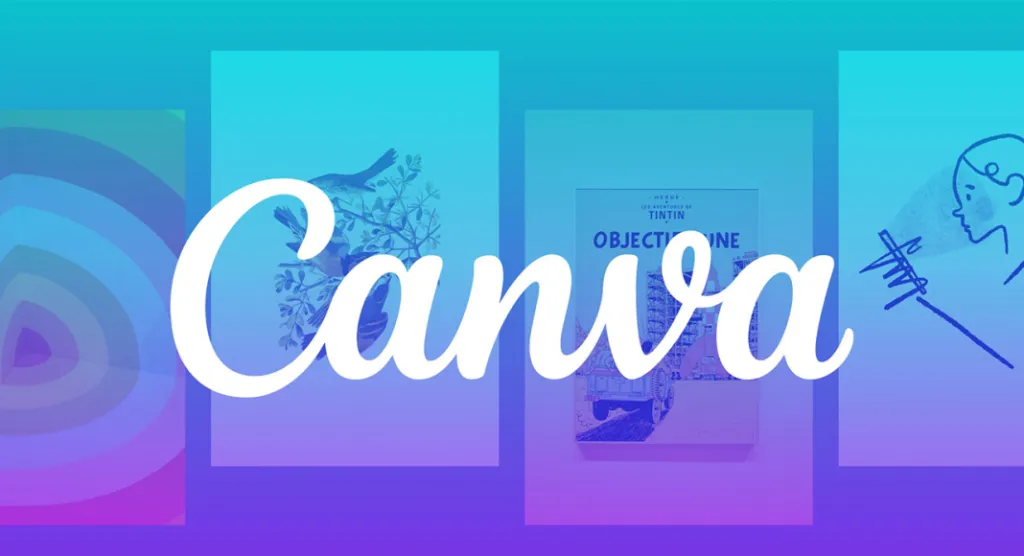
Artificial intelligence-powered tools are transforming the way visual content is created, with tools like canva.com and marker.io using artificial algorithms to automate the design process. These tools enable creators to create professional-looking visuals quickly and easily, reducing the need for manual design work. this also helps creators experiment with different design styles and layouts, leading to more creative and impactful visual content.
10. Content Editing
Artificial intelligence is being used to improve the quality of content through automated editing. Artificial intelligence-powered editing tools can analyze text for grammar, spelling, and style errors, helping creators produce error-free content. These tools can also provide suggestions for improving clarity, coherence, and readability, helping creators create more engaging and impactful content.
11. SEO Optimization
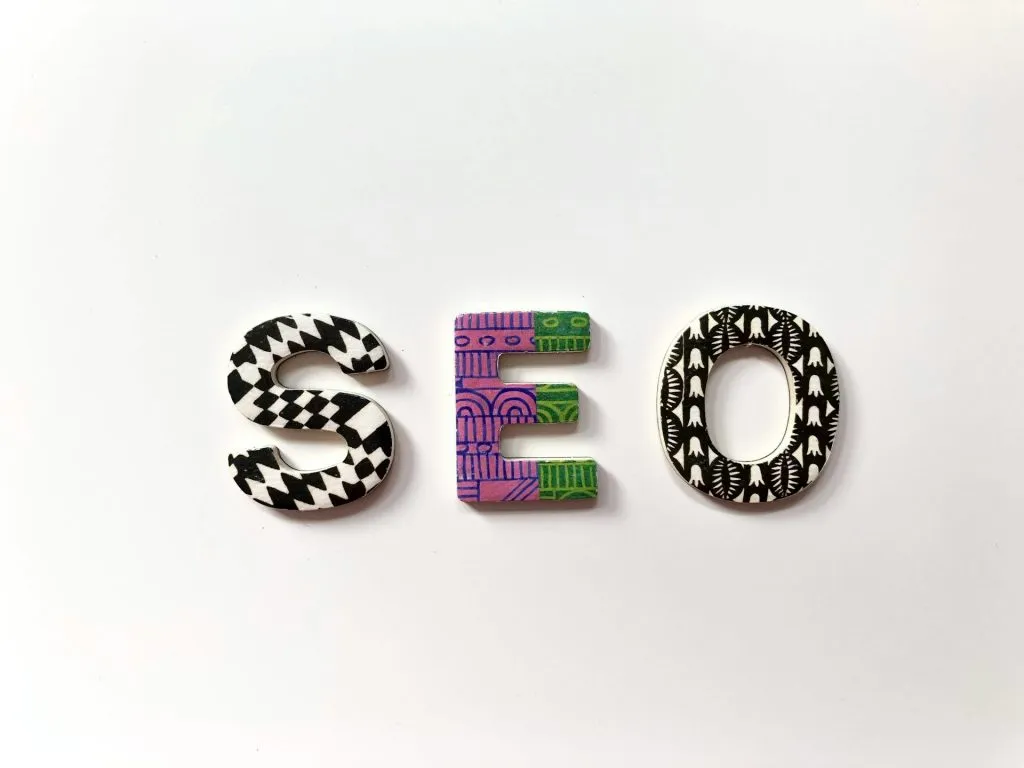
Artificial intelligence is playing a crucial role in SEO optimization by helping creators optimize their content for search engines. these tools can analyze keywords, content structure, and other SEO factors to help creators create content that ranks higher in search engine results. This helps creators attract more organic traffic to their websites and improve their visibility online.
12. Content Distribution
Artificial intelligence is transforming content distribution by helping creators reach their target audience more effectively. these tools can analyze audience data and behavior to identify the best channels and times to distribute content. This helps creators maximize the impact of their content and reach a larger audience, leading to increased engagement and brand awareness.
13. Challenges and Future Directions
While Artificial intelligence offers immense potential for content creation, it also poses several challenges, such as the risk of bias in automated content generation and the need for continuous algorithm refinement. However, as this technology continues to evolve, these challenges are expected to be addressed, opening up new possibilities for content creators. In the future, It is likely to play an even greater role in content creation, enabling creators to produce more innovative, engaging, and impactful content
14. The Human Touch: Where AI and Creativity Collide
While Artificial intelligence offers a powerful toolbox, it’s important to remember that it’s not a replacement for human creativity. this excels at processing information and generating content based on established patterns. However, it lacks the human ability to develop original ideas, infuse content with a unique voice, and evoke emotions in readers.
The sweet spot lies in collaboration. By leveraging strengths and combining them with human creativity, content creators can achieve remarkable results. Here’s how
AI as
a. Brainstorming Partner
Use Artificial intelligence to generate a pool of content ideas, then use your own creative judgment to refine and select the most promising ones.
b. Research Assistant
Let artificial intelligence handle the heavy lifting of information gathering, allowing you to focus on analyzing the data and drawing insightful conclusions.
c. Drafting Tool
Use artificial-generated drafts as a starting point, then inject your own voice, style, and creative flourishes to personalize the content.
d. Quality Assurance Tool
Utilize these editing tools to ensure polished content, but remember to maintain editorial oversight and inject your unique perspective.
15. AI Across the Content Creation Journey
a. Ideation and Planning
These tools can analyze trends, identify popular topics, and suggest relevant keywords, sparking new ideas and informing content calendars.
b. Research and Data Gathering
This can scour the web for relevant information, saving creators hours of research time. It can also analyze data sets to generate insights and statistics that support content arguments.
c. Content Creation
Artificial intelligence writing assistants can generate drafts, outlines, and even entire pieces of content based on specific keywords, formats, and styles. This can be particularly beneficial for product descriptions, social media posts, and basic blog posts.
Artificial Intelligence has revolutionized content creation across various industries by streamlining processes, enhancing creativity, and improving efficiency. This article explores the diverse ways it is transforming content creation, from writing and editing to design and distribution, and examines its impact on the future of content creation.
Conclusion
It is revolutionizing content creation by automating mundane tasks, enhancing creativity, and optimizing content for maximum impact. From automated writing and content curation to personalized content and visual design, it is transforming every aspect of content creation. As artificial intelligence technology continues to evolve, its impact on content creation is expected to grow, leading to more innovative and engaging content in the future.
Also, read; Best Podcasting Platforms for Creators- https://bloghunch.com/blog/best-podcasting-platforms-for-creators
Share this article